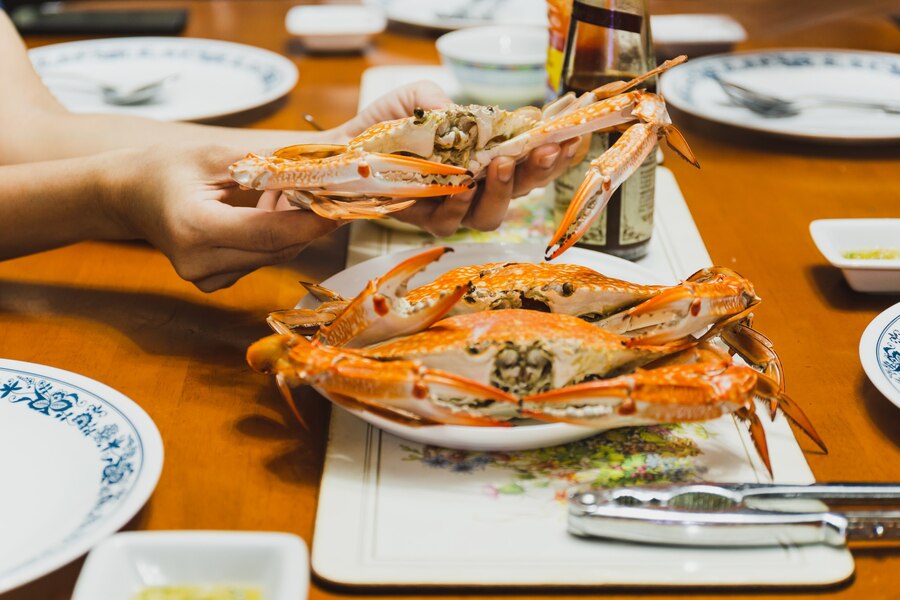Introduction
Kanikama, also known as imitation crab meat, is a popular seafood product that has gained widespread popularity in cuisines around the world. In this article, we’ll delve into the fascinating world of Kanikama, exploring its origins, production process, culinary uses, nutritional benefits, and more.
The Origins of Kanikama
Kanikama originated in Japan in the late 20th century as a cost-effective alternative to real crab meat. The term “Kanikama” is a Japanese portmanteau of “kani” (crab) and “kamaboko” (a type of processed seafood product). While traditional kamaboko is made from fish paste, Kanikama is specifically formulated to mimic the taste and texture of crab meat.
Production Process
1. Surimi Preparation:
- Kanikama is primarily made from surimi, a paste-like substance derived from deboned fish, typically Alaskan pollock. The fish meat is minced, washed to remove impurities, and then mixed with additives such as starch, egg whites, and flavorings.
2. Forming and Shaping:
- The surimi mixture is formed into thin sheets or sticks, which are then cooked in hot water or steam.
3. Flaking and Coloring:
- After cooking, the surimi is flaked into thin strands to resemble the texture of crab meat. Natural or artificial coloring agents, such as paprika or carmine, are added to give Kanikama its characteristic pink or orange hue.
4. Packaging:
- The finished Kanikama products are packaged and ready for distribution to consumers or for use in commercial food preparation.
Culinary Uses
Kanikama is a versatile ingredient that can be used in a variety of culinary applications, including:
- Sushi rolls: Kanikama is a common filling in sushi rolls, adding a sweet and savory flavor and a chewy texture.
- Salads: Kanikama can be chopped or shredded and added to salads for a burst of seafood flavor and protein.
- Pasta dishes: Kanikama can be diced and incorporated into pasta dishes, such as creamy Alfredo or marinara sauces.
- Seafood dips: Kani-kama can be blended with cream cheese or mayonnaise to create delicious seafood dips or spreads.
Nutritional Benefits
While Kanikama may not offer the same nutritional benefits as real crab meat, it still provides a good source of protein and is low in fat and calories. Additionally, Kani-kama is often fortified with added vitamins and minerals, making it a nutritious option for those looking to incorporate more seafood into their diet.
Conclusion
Kanikama, or imitation crab meat, offers a convenient and cost-effective alternative to real crab meat in a wide range of culinary applications. Whether used in sushi rolls, salads, pasta dishes, or seafood dips, Kani-kama adds a delicious seafood flavor and texture to any dish. With its versatility and nutritional benefits, Kan-ikama has earned its place as a beloved ingredient in cuisines around the world.
FAQs
- Is Kanikama suitable for vegetarians or vegans?
- While Kani-kama is made from fish, it may contain other ingredients such as egg whites and flavorings that are not suitable for vegetarians or vegans. It’s essential to check the ingredients list for specific dietary restrictions.
- Is Kani–kama safe for individuals with seafood allergies?
- Kani-kama is made from fish, so individuals with seafood allergies should avoid consuming it to prevent allergic reactions. Additionally, cross-contamination with other seafood products may occur during production, so caution is advised.
- How should Kani-kama be stored?
- Kani-kama should be stored in the refrigerator or freezer according to the manufacturer’s instructions. Once opened, it should be consumed promptly or stored in an airtight container in the refrigerator.







